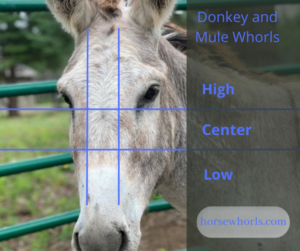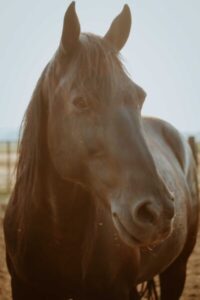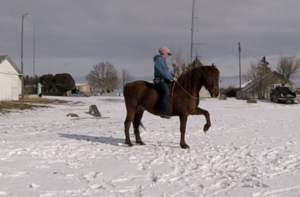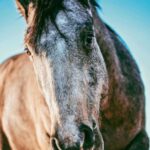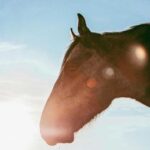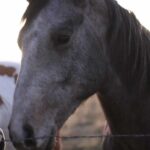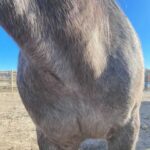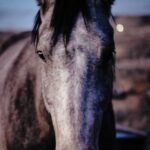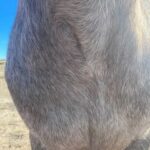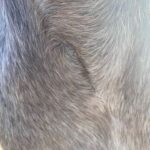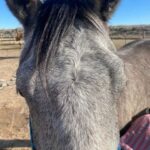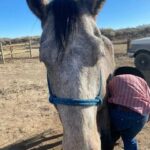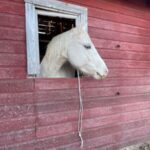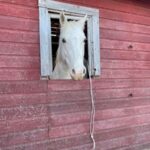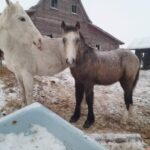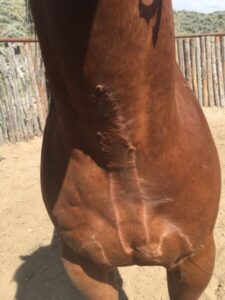Looking at the forehead whorls on horses is understood and there are fairly basic rules. High shows an extrovert. Low shows and introvert. That much is simple.
What happens when we start looking at some not so basic equines though?
Most mules and donkeys have low whorls. Those low whorls almost always have feathering. Does that mean that all donkeys and mules, I’ll call them long ears for ease of typing, are left brain introverts? Is there so little variation among them?
No, It doesn’t.
Long ears are different than horses in more ways than just the ears. Whorls on horses are located in close relation to the olfactory bulbs. The olfactory bulbs receive information about smells from the nose and send it to the brain by way of the olfactory tracts. These are very important to equines who have such a strong sense of smell. It isn’t surprising that whorls would be related closely to such a strong link to the brain. The olfactory bulbs in long ears are smaller and rotate inwards. Their whorls are NOT in as close of relation to the olfactory bulbs as horses are.
Instead long ears have whorls that are set farther down the face.
A center whorl on a long ear is half way down their nose in a position that would be an extremely low whorl on a horse. A whorl centered between the eyes is a high whorl for a long ear. There can still be low whorls on donkeys and mules, they are just lower low whorls.
Seeing an extrovert long ear is very possible! They posses all the usual patterns we would expect to see in horses, High whorls, low whorls, even double whorls. The one whorl type that is far more common in long ears than horses is no whorl at all. This shows a right brain animal, emotional and sensitive.
We can apply all the rules of whorls to long ears that we can to horses. We just need to readjust our view a little.
